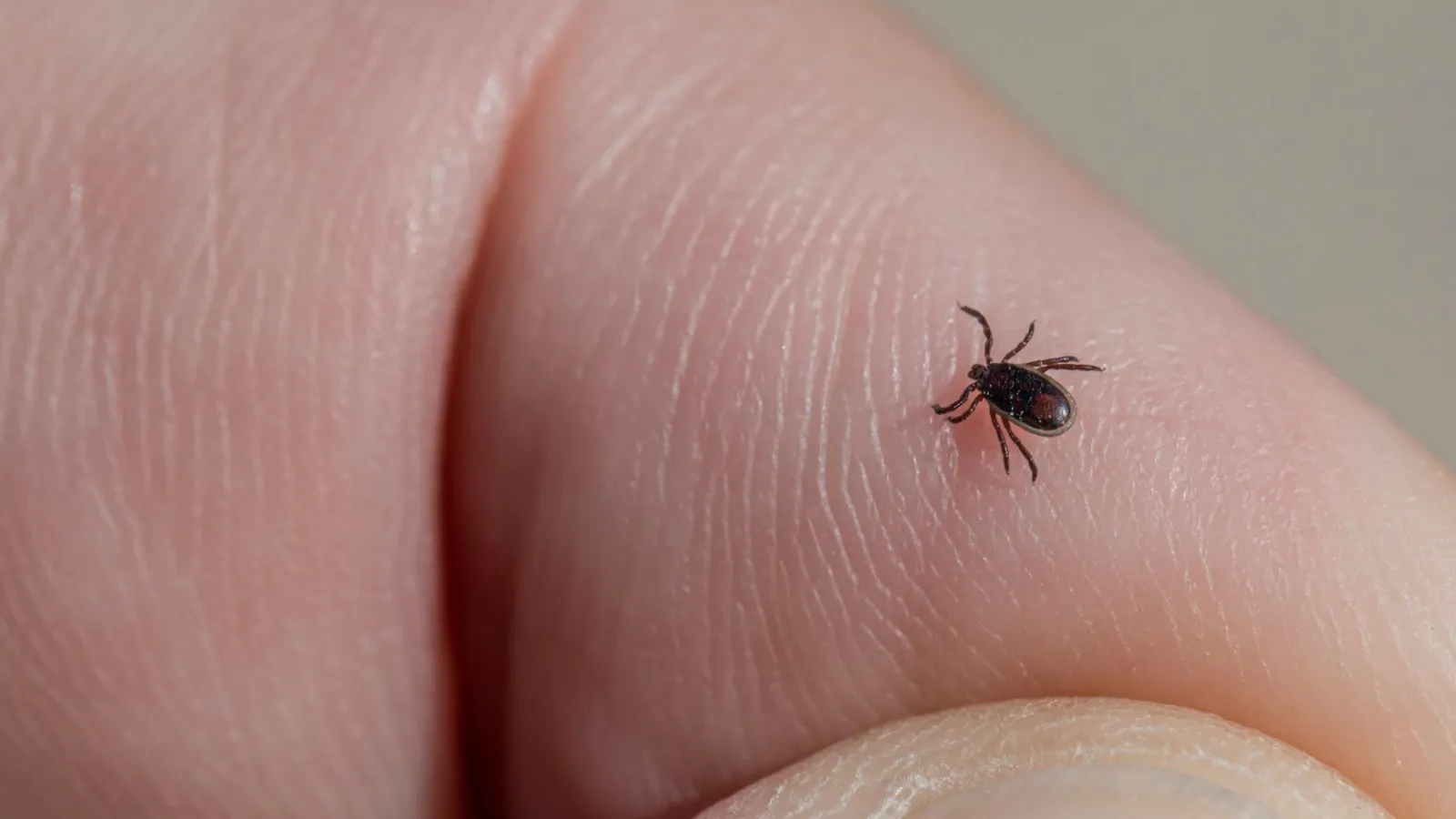
Ticks
Scientific Family: Ixodida
Ticks are parasitic arachnids in the order Ixodida. Though small in stature, these hematophagic (bloodsucking) organisms can pack a deadly punch, as they are vectors for all kinds of potentially deadly diseases. A tick epidemic is not anything to take lightly, and if such an infestation becomes a problem in and around your home, trained inspectors should be contacted immediately.
Ticks cannot survive without a host organism to feed on. Female ticks require blood in order to produce eggs for the continuation of the species. Fortunately, only one round of eggs is hatched before both the male and female die.
There are two very distinct families of ticks. Hard ticks, as expected, differ from their softer counterparts in that they possess a feature known as the scutum that covers the dorsal region of the organism. Also, with regard to the soft-shelled ticks, they have a much simpler life cycle, with each stage only requiring one feeding session. Their mouthparts are also clearly visible from all angles and much more exposed than those of the soft-shelled variety, which possesses mouthparts that are located on the underside of the head. Both tick families have the capacity to spread many kinds of diseases, including but not limited to the following: Lyme disease, Rocky Mountain Spotted Fever, Tick Paralysis, and Q Fever.
Ticks are an incredibly selective parasite and are often classified by their preferred host. Thus, deer ticks often target deer and so on. The problem arises when ticks that prey on cats and dogs come into play. These domestic animals can bring the ticks into your home, where the pests are allowed to reproduce with a consistent food supply - you. Professional measures should be taken to ensure such a problem does not get out of control.
For more information or to request a free pest inspection, contact Preferred Pest Control today for the best pest control plan for you.
